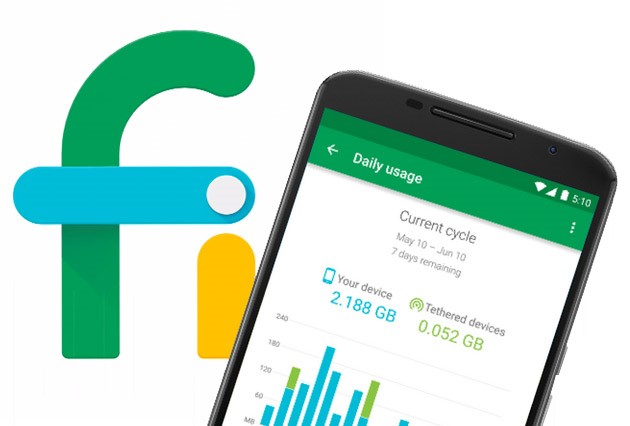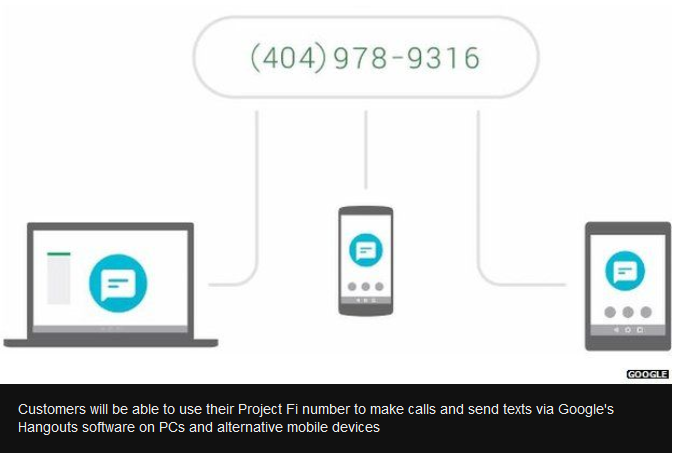
In the next phase of its slow but steady trek toward world domination, Google has just announced its own wireless network. Dubbed Fi, the ambitious project offers the most affordable and flexible data plan than any other mobile provider.
MVNO
Under normal circumstances, such a robust undertaking would undoubtedly cost billions of dollars, but Google doesn’t plan to build its own network infrastructure, but rather rent data and voice capabilities from Sprint and T-Mobile in an arrangement called MVNO, short for mobile virtual network operator.
The MVNO model is not innovative, having made noise in the previous decade as “the next big thing,” before to many companies jumped on the bandwagon and inadvertently caused bubble; remember Helio and Disney Mobile? In essence, the business model works like so: large network providers sell unused network capacity at wholesale value to smaller companies seeking to cash in on the smaller market segments, unreachable by the larger provider’s existing plans. MVNO’s generally target the lower income market bracket by offering low monthly fees and pre-paid devices for the tradeoff of having less widespread coverage and access to less premiere devices.
By contrast, Project Fi appears to be higher level, offering coverage in up to 120 countries and requiring users to own a Nexus 6 phone in order to participate. As a consumer, the hope is that Google’s Fi will have the same industry impact of lowering costs and raising performance as Google Fiber has had on the prices and speed in the cities in which it was implemented.
Technically speaking
According to Google, Fi subscribers will automatically be routed between multiple 4G signals provided by Sprint and T-Mobile, depending on whichever is stronger and in closer proximity. Phone calls are made over Wi-Fi using the Wi-Fi calling feature currently available to some providers. “As you go about your day, Project Fi automatically connects you to more than a mill free, open wi-fi hotspots we’ve verified as fast and reliable,” states Google on its blog.
“Once you’re connected, we help secure your data through encryption. When you’re not on Wi-Fi, we move you between our partner whichever of our partner networks is delivering the fastest speed, so you get 4G LTE in more places.” In the event that neither 4G nor Wi-Fi hotspot are available, users will latch on the 3G and 2G signals.

Service Cost
Arguably, the biggest incentive for using Project Fi is its low cost and international reach; to that end, customers are only billed for the amount of data they use, as opposed to resetting a capped allowance on a monthly basis. Unlimited calling and texting will cost $20 a month, with an extra $10 for mobile data access in the US and abroad; each additional gigabyte of data consumed above the subscription will cost $10, but customers will be refunded for any unused data.
“Let's say you go with 3GB for $30 and only use 1.4GB one month. You'll get $16 back, so you only pay for what you use,” the firm explained.
Chris Green of Davies Murphy Group consultancy tells the BBC that Google is merely testing the waters to see what it can do, “it’s a low-risk way to enter the market with its own branded service.” But he warns, that if the company were to expand the service, it would inevitably have to do so through acquisition.
Google has no plans to extend the service to other telephone models as of the present, and furthermore, Project Fi is limited to an invite-only basis.
Advertisement
Learn more about Electronic Products Magazine





